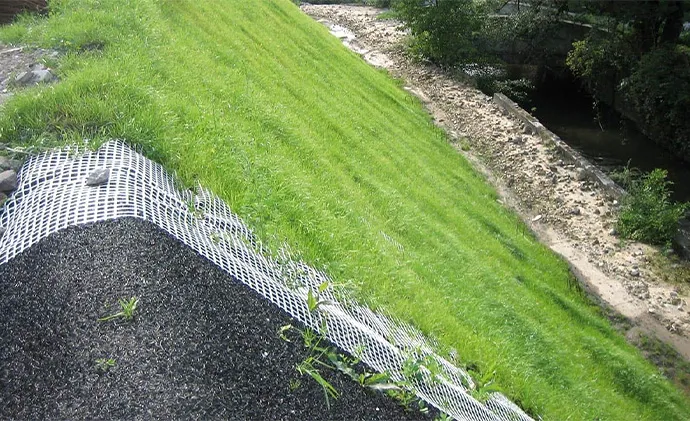-
 Phone:
Phone: -
 Email:
Email:

rockfall netting installation
Rockfall Netting Installation Ensuring Safety in Vulnerable Areas
Rockfalls pose significant risks to infrastructure, wildlife, and human life in mountainous and hilly terrains. To mitigate these hazards, one effective solution is the installation of rockfall netting. This article explores the importance of rockfall netting, the installation process, and the key considerations for ensuring its effectiveness.
Understanding Rockfall Hazards
Rockfalls occur when fragments of rock break loose from cliffs or steep slopes due to various factors, including weathering, freeze-thaw cycles, and seismic activity. These falling rocks can cause severe damage to roads, buildings, and other structures, posing life-threatening risks to people in the vicinity. Consequently, implementing effective rockfall protection measures is paramount for safeguarding both property and lives.
What is Rockfall Netting?
Rockfall netting is a type of passive protection system designed to catch and stabilize falling rocks. It consists of a network of high-tensile steel cables and mesh that is anchored to the slope, forming a barrier to capture falling debris before it reaches the ground. This system can be incredibly effective in reducing or completely preventing rockfall incidents, making it an essential component of land management and engineering practices in susceptible regions.
The Installation Process
The installation of rockfall netting involves several key steps
1. Site Assessment Before installation, a thorough evaluation of the site is critical. This includes geological assessments to determine the risk level of rockfalls and identifying the most vulnerable areas.
2. Design Planning Based on the assessment, engineers design a customized rockfall netting system tailored to the specific conditions of the site. Factors like the slope gradient, rock size, and potential fall trajectories are considered to ensure the system's efficacy.
rockfall netting installation

3. Preparation of the Site This phase involves clearing the area of loose debris and vegetation to create a safe workspace. It may also include minor stabilization measures to further secure the slope before netting installation.
4. Installation of Anchors The first step in the actual installation process is to embed anchors into the slope. These anchors secure the netting system and are crucial for withstanding the force of falling rocks. They can be drilled into the bedrock or concrete pads, depending on the geological conditions.
5. Netting Installation Once anchors are in place, the rockfall netting is unrolled and attached to the anchors. The mesh must be tensioned appropriately to ensure it can effectively catch falling rocks.
6. Final Inspection and Maintenance Planning After installation, a final inspection ensures that the netting is secure and functioning as intended. It’s also essential to develop a maintenance schedule to inspect the netting regularly for wear and tear, ensuring long-term effectiveness.
Key Considerations for Effective Installation
- Material Quality The netting and anchors must be made from high-quality, corrosion-resistant materials to withstand environmental elements over time.
- Environmental Impact Care should be taken to minimize environmental disturbance during installation. Working with local wildlife and vegetation conservation experts can help mitigate negative impacts.
- Compliance and Regulations It is essential to adhere to local regulations and safety standards during the installation process to avoid potential legal issues and ensure community safety.
Conclusion
Rockfall netting installation is a proactive measure that can significantly enhance safety in areas prone to rockfalls. By systematically assessing risk, designing tailored solutions, and executing a thorough installation process, we can protect both infrastructure and lives from the dangers of falling rocks. As climate change increases the frequency and intensity of natural hazards, investing in robust protective measures like rockfall netting is more critical than ever. This not only ensures safe passage for communities but also preserves the integrity of the natural landscape.
-
Wire Mesh for Every Need: A Practical SolutionNewsJul.25,2025
-
Steel Fences: Durable, Secure, and Stylish OptionsNewsJul.25,2025
-
Roll Top Fencing: A Smart Solution for Safety and SecurityNewsJul.25,2025
-
Cattle Farm Fencing Solutions for Maximum SecurityNewsJul.25,2025
-
Affordable Iron Binding Wire SolutionsNewsJul.25,2025
-
Affordable Galvanized Wire SolutionsNewsJul.25,2025
-
Wire Hanger Recycling IdeasNewsJul.25,2025








